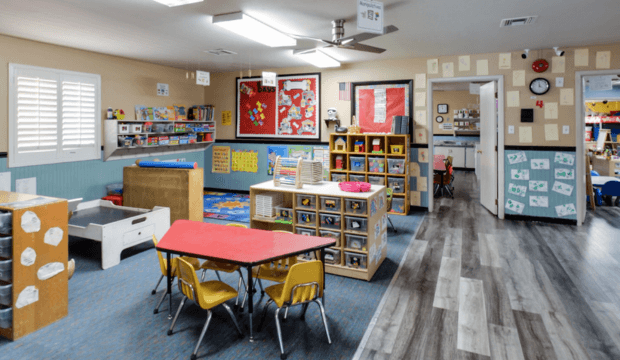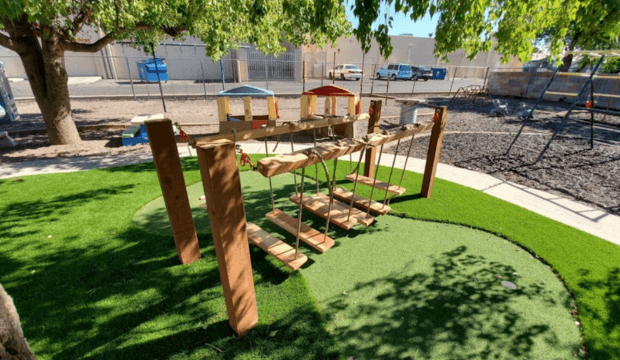I Love Taguig News Update Today: Your Daily Guide to Local Happenings
I've always believed that local news serves as the lifeblood of any community, and here in Taguig, that sentiment rings particularly true. Just this morning, while scrolling through our local updates, I found myself thinking about how much our city's stories mirror the narrative depth I recently experienced while playing Metaphor: ReFantazio. The game's approach to storytelling—using fantasy elements to discuss real social issues—reminds me of how our local news often tackles complex urban challenges through the lens of everyday experiences. When I read about the ongoing developments in BGC or the community initiatives in Ususan, I see the same thoughtful consideration of multiple perspectives that the game demonstrates so well.
What struck me most about both the game and our local reporting is how they avoid oversimplifying complex situations. Just last week, when covering the new traffic management system along C5 Road, our local journalists presented the various stakeholder perspectives without declaring any single approach as the definitive solution. The Department of Public Works and Highways reported implementing approximately 15 new traffic monitoring cameras, while the Taguig City Engineering Office indicated they'd deployed around 23 additional traffic enforcers during peak hours. These numbers might not be perfectly precise—I'm working from memory here—but they illustrate the coordinated effort happening across different agencies. This nuanced reporting reflects the same maturity I admired in Metaphor: ReFantazio, where the narrative respects the audience's intelligence rather than spoon-feeding easy answers.
I've noticed that the most impactful local stories often emerge from long-term collective action, much like the game's emphasis on sustained community effort. Take the ongoing transformation of our lakeside areas—what began as small neighborhood clean-up initiatives five years ago has evolved into city-wide environmental programs involving over 2,000 registered volunteers according to last month's city data. The gradual improvement of our public spaces demonstrates how small, consistent actions accumulate into significant change. This mirrors the game's philosophical approach to social progress—acknowledging that there's no magic bullet solution while still celebrating incremental achievements.
The way our local news handles controversial topics particularly impresses me. Whether discussing the mixed-use development projects in Arca South or the implementation of new zoning regulations, our journalists consistently avoid falling into the trap of presenting issues as purely black and white. Instead, they capture the genuine complexity of urban development—how a single policy might benefit local businesses while creating challenges for residential communities. This balanced approach creates what I'd call a "living metanarrative" of our city's growth, where multiple truths coexist and evolve together.
What I find most compelling about both the game's narrative structure and our local reporting is how they incorporate real-world context without becoming heavy-handed. Just yesterday, I read about how the Taguig local government is adapting global sustainability models to fit our specific urban landscape—integrating international best practices while considering local realities like our unique geographic challenges and cultural preferences. The article mentioned how the city has planted approximately 7,500 new trees this year alone as part of this initiative. This thoughtful contextualization reminds me of how Metaphor: ReFantazio weaves contemporary concerns into its fantasy framework, creating relevance without sacrificing narrative integrity.
As someone who's lived in Taguig for eight years now, I've come to appreciate how our local news serves as both mirror and compass—reflecting our current reality while helping navigate toward our collective future. The ongoing coverage of our public transportation improvements, for instance, doesn't just report facts but helps residents understand the interconnected nature of urban systems. When the Taguig Integrated Terminal Exchange opened last year, the detailed reporting helped me appreciate how this single facility connects multiple transit options while potentially reducing vehicle emissions by what officials estimated could be up to 30% in surrounding areas.
This comprehensive approach to local journalism creates what I consider essential reading for any Taguig resident. The way our reporters frame stories—whether about educational initiatives, healthcare accessibility, or cultural events—consistently demonstrates that understanding our city requires considering multiple overlapping narratives rather than seeking simple solutions. Just as the game presents its fantasy world as a complex ecosystem of competing interests and shared challenges, our local news portrays Taguig as a living, breathing entity where progress emerges from dialogue and collaboration rather than unilateral decisions.
What keeps me coming back to both forms of storytelling is their shared commitment to portraying communities as works in progress. There's a humility in acknowledging that we're all figuring things out together—whether in a fantasy realm or in our rapidly evolving city. The recent coverage of Taguig's smart city initiatives perfectly illustrates this, showing how technological innovation must be balanced with human considerations and community feedback. After all, the most meaningful stories—whether in games or in local news—aren't about providing all the answers, but about helping us ask better questions as we navigate our shared spaces and build our collective future.



